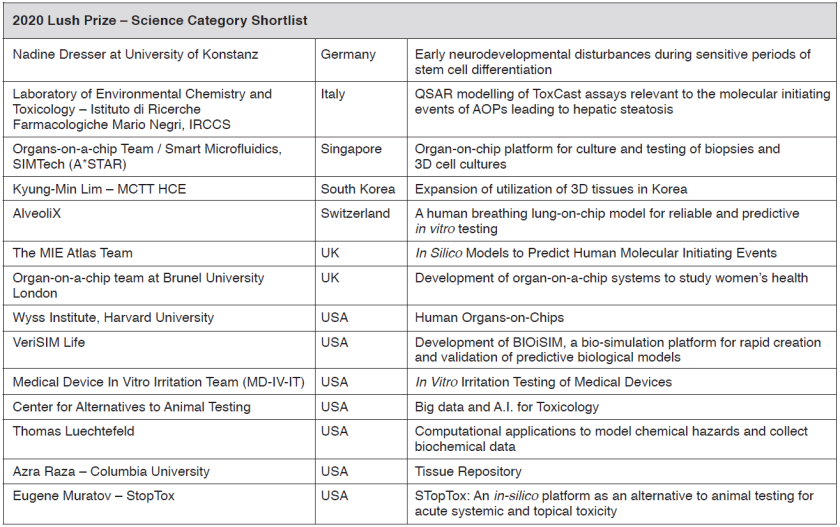3Rs Science Prize 2024 call for submissions
2024-04-10
The European Partnership for Alternative Approaches to Animal Testing (EPAA) has announced that a call for submissions is now open for its 2024 3Rs Science Prize. The EPAA aims to promote the development, validation and acceptance of 3Rs alternative approaches (replacement, reduction and refinement of testing on animals). The 3Rs science prize is granted every two years to a scientist with an outstanding contribution to the 3Rs. The EPAA wants to promote positive contributions from industry or academia and encourage more scientists to focus their research on the 3Rs goals. Scientists working on relevant methods for regulatory testing (e.g. safety, efficacy, batch testing) that provide an outstanding contribution to the use of the 3Rs may apply for the prize.
Application deadline: 23 September 2024 at 12:00 (noon) Brussels time
To apply, please visit: https://single-market-economy.ec.europa.eu/calls-expression-interest/3rs-science-prize-2024-call-submissions_en


